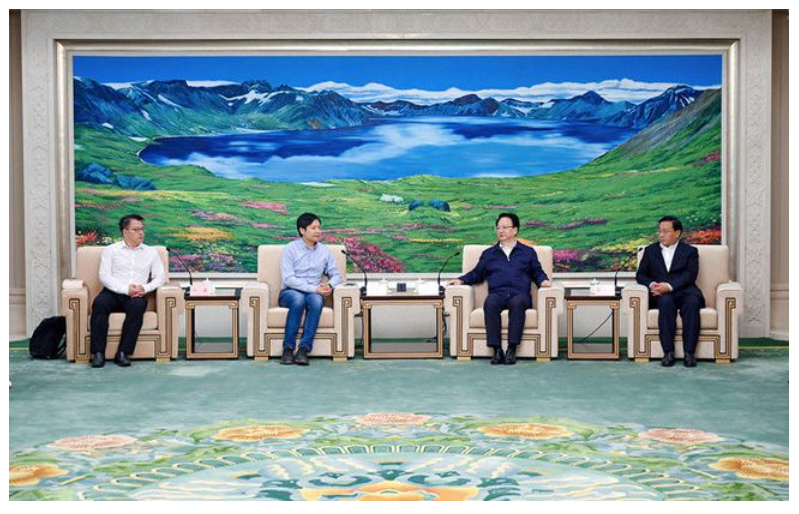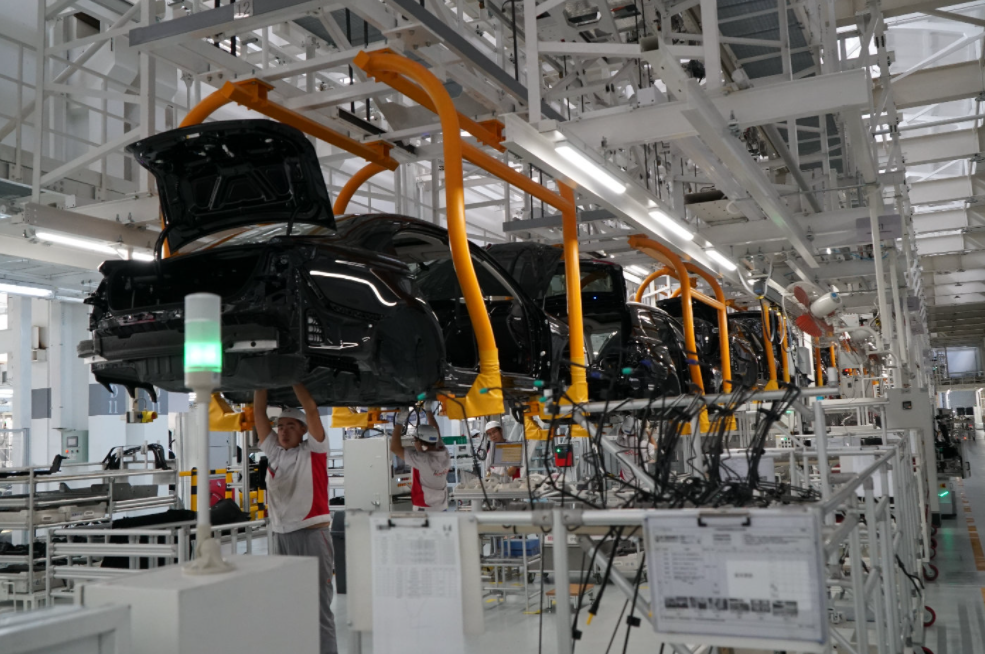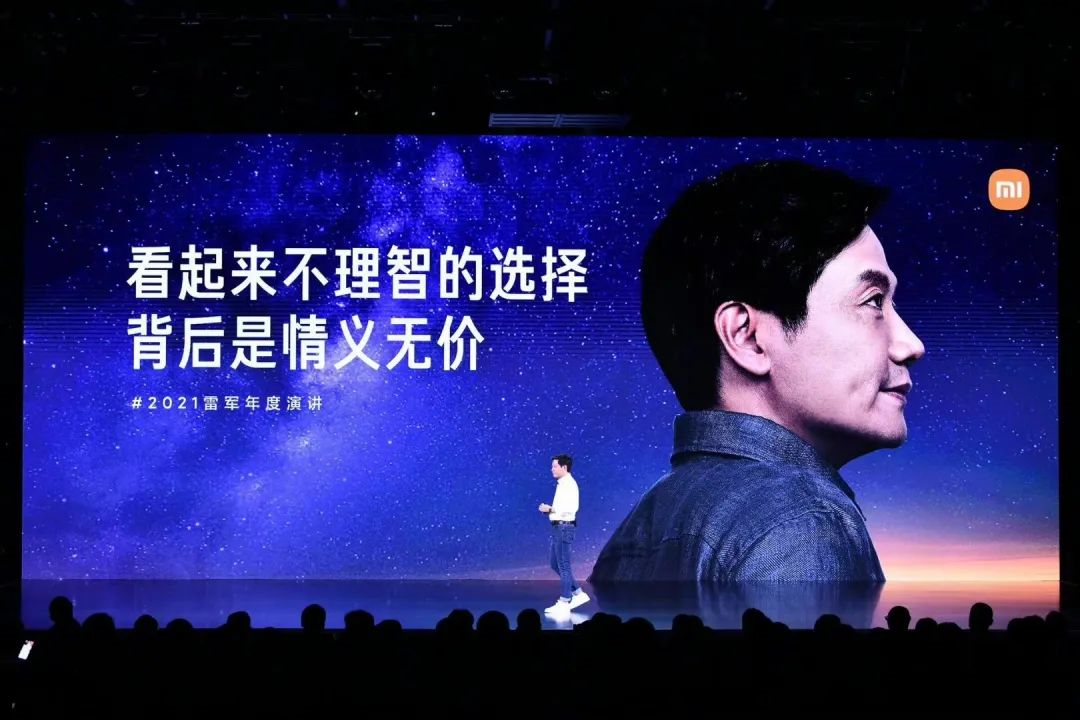Author: Dayan
As announced on the Geelyn Province government’s website, the Secretary of the Geelyn Provincial Party Committee Jing Junhai and the Deputy Secretary of the Geelyn Provincial Party Committee and Governor Han Jun met with the Founder, Chairman, and CEO of Xiaomi Group, Lei Jun, in Changchun. The news of Lei Jun’s visit to China FAW Group for in-depth cooperation talks has been widely circulated.
Does this mean that as Xiaomi Auto’s headquarters settles in Beijing Yizhuang, FAW is likely to be the production base of Xiaomi Auto?
In the future, Xiaomi is likely to seek an OEM partner. Will grafting onto FAW’s existing vehicle manufacturing and engineering verification capabilities become the main model for Xiaomi Auto in the future?

FAW empowerment guarantees the maximum production of Xiaomi Auto in 2024
After Xiaomi Auto’s headquarters announced its settling in Beijing Yizhuang, finalizing the factory has become the top priority.
According to relevant sources, Xiaomi Auto’s first model will be launched in 2024, and there will be one new model launched each year over the following three years. In terms of sales targets, Xiaomi is striving to achieve sales of 900,000 vehicles in three years, based on completing the sales target of 100,000 vehicles for the first model on the market in the first year. This goal can be described as ambitious.
After all, no new domestic car company has achieved its target of selling 100,000 vehicles in the first sales year.

Counting backward from 2024, when Xiaomi’s first model is launched, it means that Xiaomi’s first model is only about three years away from being launched. Looking at the entire process from planning, research and development, production to product launch of mature foreign car companies, the entire cycle is very tight.
Therefore, Xiaomi is likely to use an existing factory and related parts supply chain provided by an automotive company.
“A reliable OEM partner not only provides the qualification for manufacturing, but also overall empowerment of the entire system capability, including production base and supply chain for new car companies, which is a shortcut for new car companies,” said the article.
If Xiaomi works with FAW, it can not only avoid large investments in factory construction in the initial stage, but also minimize the uncertainty of production timing. In this kind of cooperation model, Xiaomi can put more resources into core technologies such as autonomous driving and intelligent cabins, while also investing a large amount of capital in promoting and establishing sales networks and customer operations for its future vehicle sales.
FAW values more than just OEM costs
In the field of electric vehicles/new energy vehicles, FAW has limited achievements compared to Geely’s SEA (Sustainable Experience Architecture).No matter their own brand – Pentium and Hongqi, or their joint ventures – Volkswagen and Toyota, they are not the main players in the current domestic electric vehicle market. Even the highly anticipated FAW-Volkswagen MEB platform has not yet achieved the expected sales performance.
In addition, FAW has also participated in the financing of new energy vehicle start-up – Byton. However, Byton has never been able to complete the last mile – pushing the production and landing of models, and ultimately missed the best strategic opportunity for the development of the domestic electric vehicle market, which also led to FAW’s plan of borrowing Byton’s vehicle platform and technology for Hongqi became a delusion.
The competition in the current domestic new energy vehicle market, especially the electric vehicle market, is already very fierce, and the existing pattern is basically stable: Wuling Hongguang MINI EV and Tesla are leading the way, and NIO, XPeng, Ideal, and NETA are also trying their best to attract consumers to join. Among traditional automakers, BYD occupies a relatively large advantage in group combat with its blade battery, and SAIC IM, GAC Aion, and Geely Geometry also cannot be ignored as competitors. Not to mention internet giants such as Baidu and Huawei who are eyeing.
Therefore, FAW needs to break through the encirclement with its own strength, hold its soul firmly in its own hands, and currently it is still difficult to do so. It also needs to use this cooperation to inject new energy.
If FAW ultimately produces cars for Xiaomi, on the one hand, it can increase FAW’s production capacity utilization rate, and after all, Xiaomi’s small sales target in 2024 is a considerable income for FAW.
On the other hand, through production, FAW can seek in-depth cooperation with Xiaomi in the smart connected vehicle field, just as FAW hoped to deepen its cooperation with Byton at that time, and to use the opportunity to find external assistance for independent brands such as Hongqi and Pentium, and to realize their technology level improvement in the era of smart connected vehicles. After all, Baidu, which is the input source of the automatic driving technology relied on by Hongqi, has personally entered the auto manufacturing industry, and Jidu Auto will also become a potential competitor of FAW in the future.
OEM model, the greatest test of Xiaomi’s supply chain integration capabilities
Unlike other new energy vehicle startups or Evergrande and Baoneng, who have invested heavily in factories or qualifications, if Xiaomi allies with FAW, it can not only save billions of yuan in upfront investment, but also use FAW’s existing system capabilities to protect and escort vehicle delivery on time before its mass production, which is the most sensible choice at present.Dualities exist in everything. If the outsourcing model is chosen, the primary issue to be addressed is whether the communication between Xiaomi and the OEM factory is smooth, as the complexity of automobiles is significantly different from that of cell phone manufacture.
In addition, if an OEM factory is chosen, once various unavoidable quality issues arise in the later stages, how responsibility is attributed will also directly affect the relationship between Xiaomi and the OEM factory. Unlike the collaboration between JAC Motors and NIO, FAW is relatively strong. Faced with a relatively strong partner, how to smoothly and efficiently communicate is a considerable challenge for Lei Jun and the Xiaomi Automotive Management Team.
Previously, NIO, GAC, and Changan’s joint ventures found themselves in predicaments, which actually proved that collaborations between traditional car companies and new forces are not as easy as one might think, with intimacy and seamless cooperation. Even if cross-domain forces such as Xiaomi have relatively significant leading advantages in software engineering and Internet thinking, they still face similarly difficult problems.
In addition, FAW currently has not abandoned its own new energy product line expansion. Once collaboration with Xiaomi is established, can FAW tilt its most advantageous resources and the strongest team towards Xiaomi’s OEM business? This still needs to be confirmed after official confirmation of future cooperation.
Of course, the most important thing is that FAW will not be content with just being the OEM of Xiaomi vehicles and earning revenue solely through OEM business. How to achieve greater synergies between FAW and Xiaomi Automotive, and even whether Xiaomi’s latest achievements in the fields of car networking and autonomous driving can be grafted to enhance FAW’s own competitiveness in these areas, should be FAW’s greater hope. To what extent Xiaomi can accept this mutually beneficial cooperation is the question.
Therefore, whether Xiaomi decides to cooperate with FAW, or turn to other OEM partners, the key to Xiaomi Automotive’s success is how to find the intersection of interests between the OEM automaker and Xiaomi to the greatest extent possible, continuously expand this part of the intersection, and achieve win-win results for both sides.
Whether it is ten years and 10 billion US dollars or the initial 10 billion RMB, Xiaomi Automotive’s investment using its own funds, without relying on local governments, can greatly help boost the local economy, promote industrial upgrading in its location, and is the main reason why many regions are vying to host Xiaomi Automotive in the early days.
However, it now appears that Xiaomi Automotive is likely to take the risk of investing beyond Shanhaiguan and choose FAW, the eldest son of the Republic of China’s automobiles, as its partner to provide reliable insurance for its vehicle mass production, and to enable Geelyn and Changchun to have their own layout of intelligent connected vehicles outside of FAW.Xiaomi Automotive is continuously expanding its layout in autonomous driving and recruiting leading talents worldwide to develop its core competitiveness. With a large number of rice flour fans, Xiaomi has outstanding customer operations which are difficult for other car companies to match. Xiaomi’s huge ecological circle also provides a wealth of inspiration for future innovations in Xiaomi Automotive.
In the future, whether Xiaomi can spark new cooperation with FAW and demonstrate its ability to integrate the industrial chain like it has in the past, and enable Xiaomi Automotive to become one of the top electric vehicle companies in China and even globally, we wait and see.
This article is a translation by ChatGPT of a Chinese report from 42HOW. If you have any questions about it, please email bd@42how.com.
